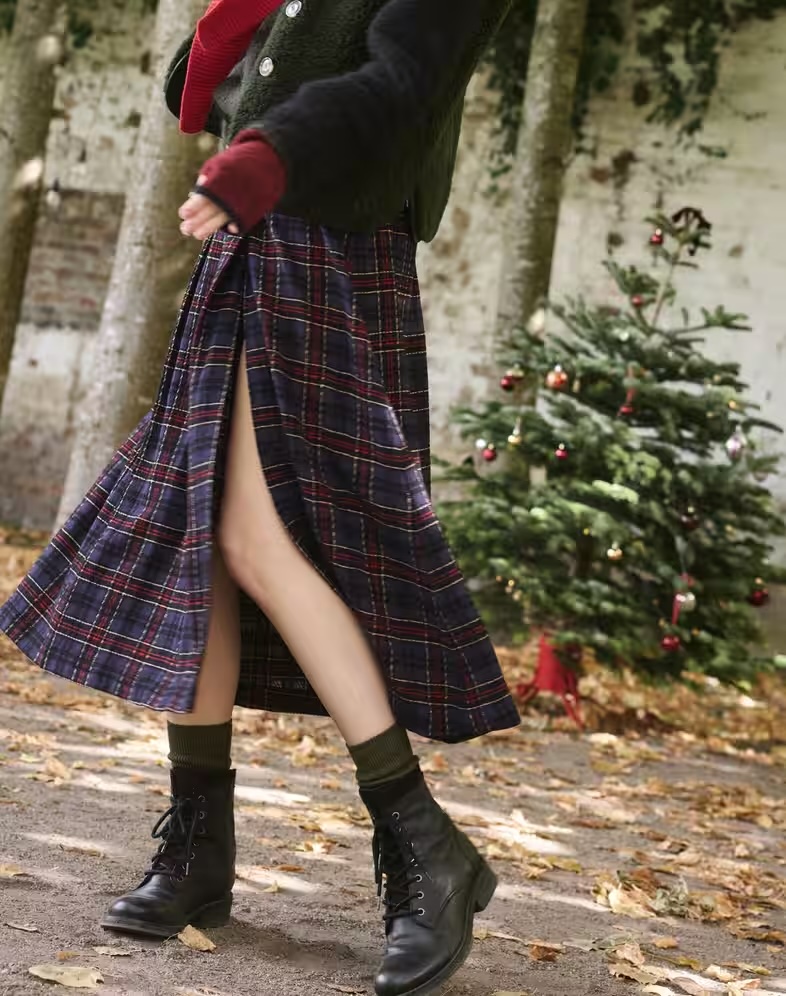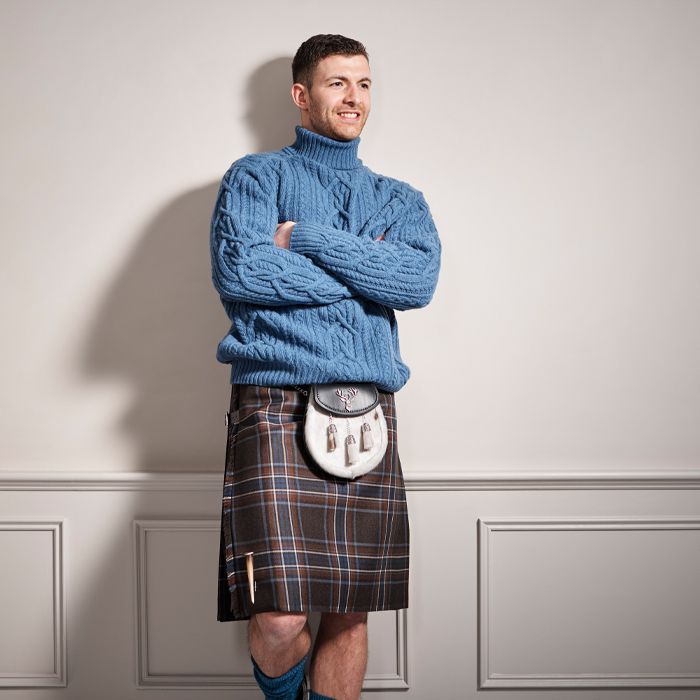Kilt status: A history of the iconic Scottish skirt, from wartime wrap to punk protest
Everything you need to know about the kilt — apart from what to wear underneath one.


When you purchase through links on our site, we may earn an affiliate commission. Here’s how it works.
Isn’t it funny how one of the most masculine garments a gentleman can don is a patterned, pleated skirt that’s fastened with a buckle? Allow me to introduce the kilt: a Highland hero; a punk rock icon; a dashing choice for eveningwear; something that can work in everyone’s wardrobe (yes, even yours).
The modern kilt is descended from the féileadh mòr (‘the big wrap’) — a long plaid cloth that was also belted at the waist, but came up and over the shoulder, or sometimes the head. It is thought similar styles were worn by Celtic warriors in Roman times, but it was during the 16th century, as the availability of wool increased, that it became more commonplace. The garment could be plain or patterned; wealthier wearers plumped for richer colours and more luxurious fabrics and the rest of the population was stuck with rough, vegetable-dyed wool.
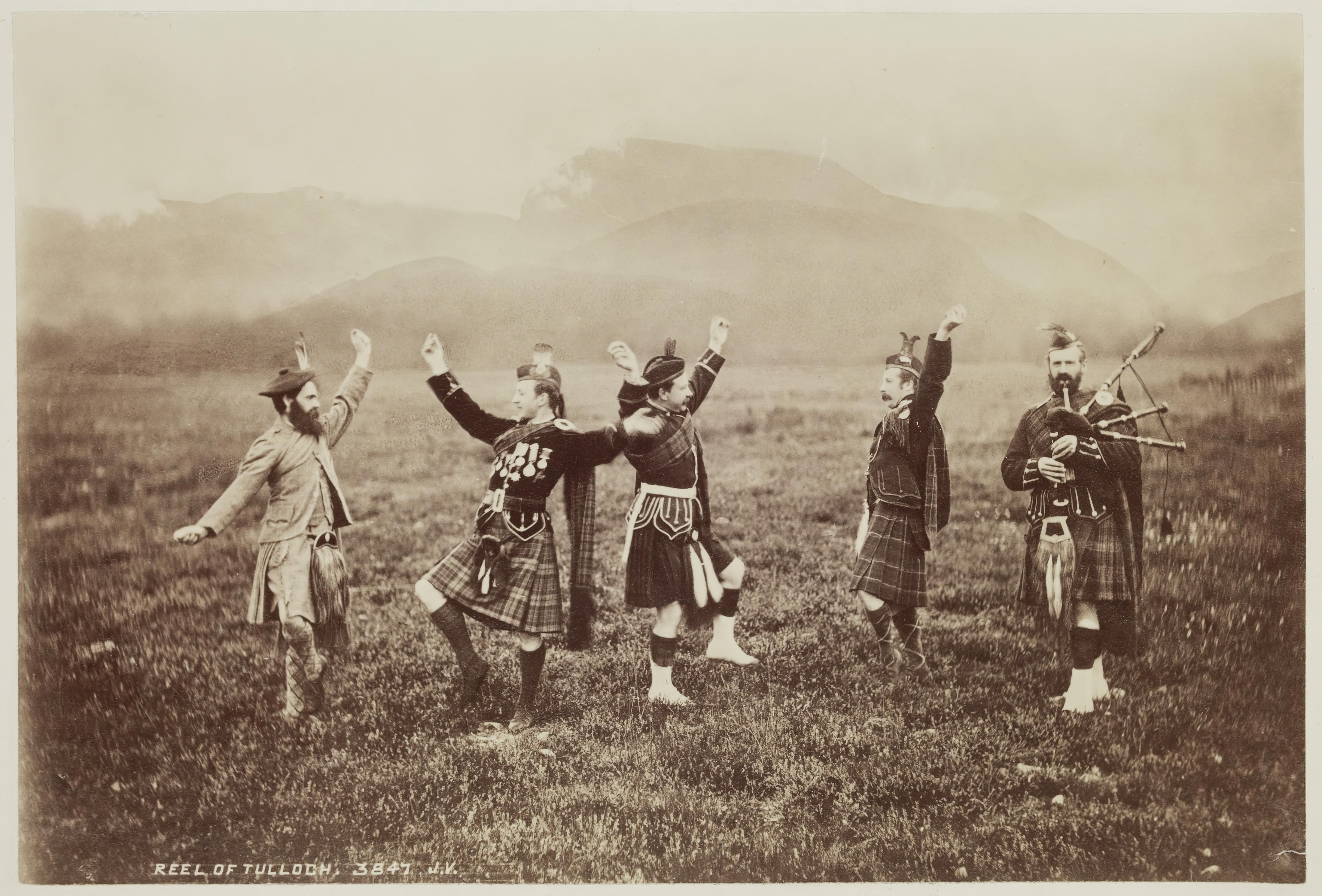
An albumen print of the Reel of the Tulloch, taken between 1870 and 1880.
You may have read about Thomas Rawlinson, an English ironmaster who employed Highlanders to work his furnaces in Glengarry, near Inverness. He is rumoured to have invented the féileadh beag (‘little wrap’) in the early 18th century — an efficient alternative to the ‘cumbersome’ belted plaid. It kept the wearer cooler and safer around working machinery and was quicker to put on. However, there are illustrations of Highlanders wearing only the bottom half of the wraps long before Rawlinson ever set foot in Scotland.
In 1746, the British Government passed the Dress Act which made it illegal for men and boys to wear ‘the Highland dress’. The dramatic ruling was in response to Jacobite uprisings and designed to strip clans of their identities and dismantle a symbolic, unifying factor of Scottish identity. However, the Act made an exemption for those serving in Highland regiments. The law was repealed in 1782, by which time, kilts and tartans were no longer ordinary Highland dress.
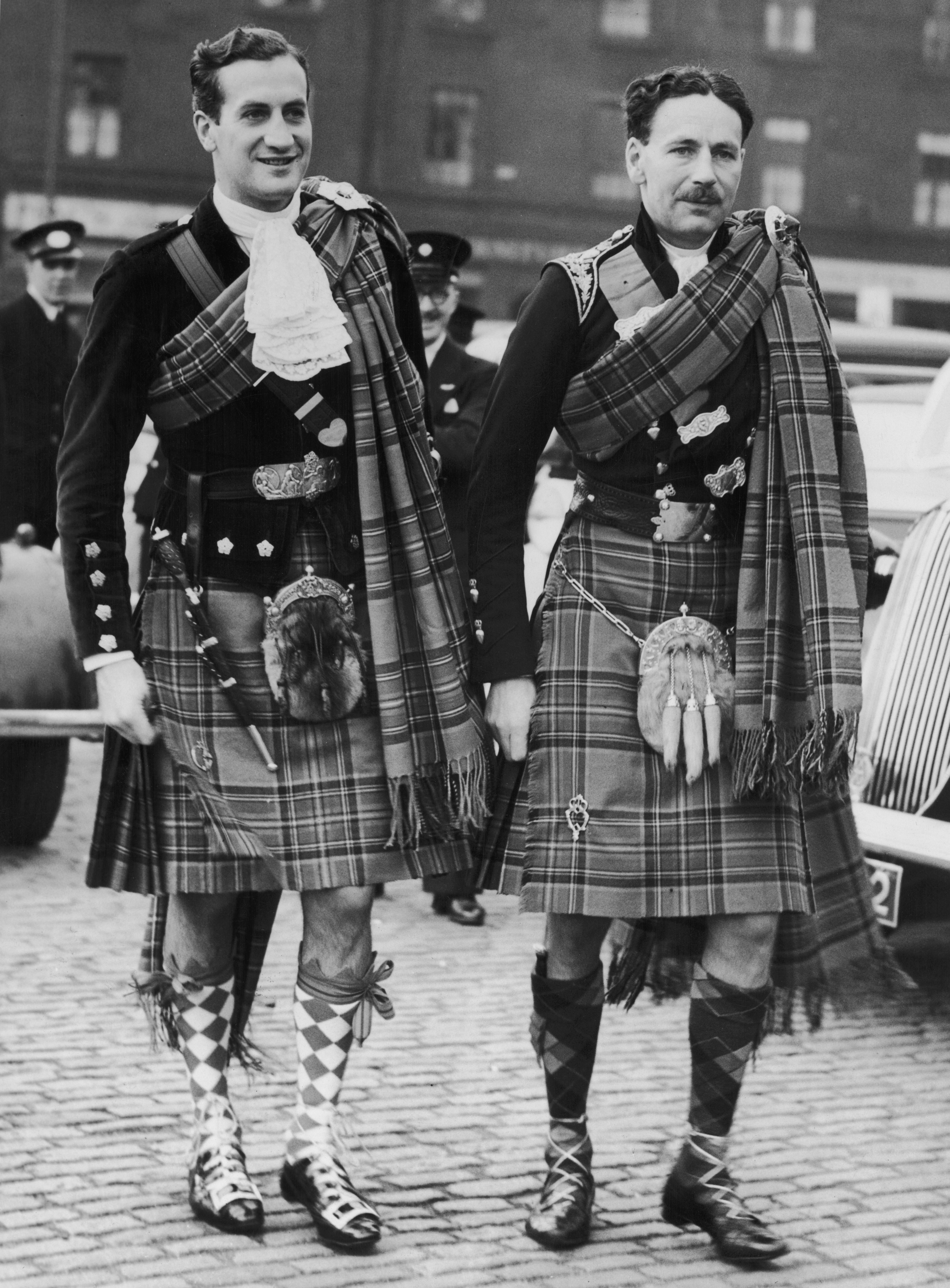
Lord David Douglas-Hamilton arrives at Glasgow Cathedral for his wedding to fitness instructor Prunella Stack, in 1938. On the right is his brother and best man, Lord George Douglas-Hamilton, 10th Earl of Selkirk.
The kilt’s rehabilitation began in the early 19th century. As the industrial revolution tightened its grubby grip, the Scottish Highlands was increasingly romanticised as a source of inspiration, refuge and authenticity; Highlanders were viewed less as a threat and more as ‘noble savages’. In 1822, George IV visited Edinburgh wearing full Highland dress. It was branded a ‘publicity stunt’ by some, but catapulted the kilt back into the public consciousness and promoted it as fashionable dress among the Scottish nobility. Over time, the shape was further tailored, and a wraparound style, secured with a pin, popularised among middle- and upper-class women.
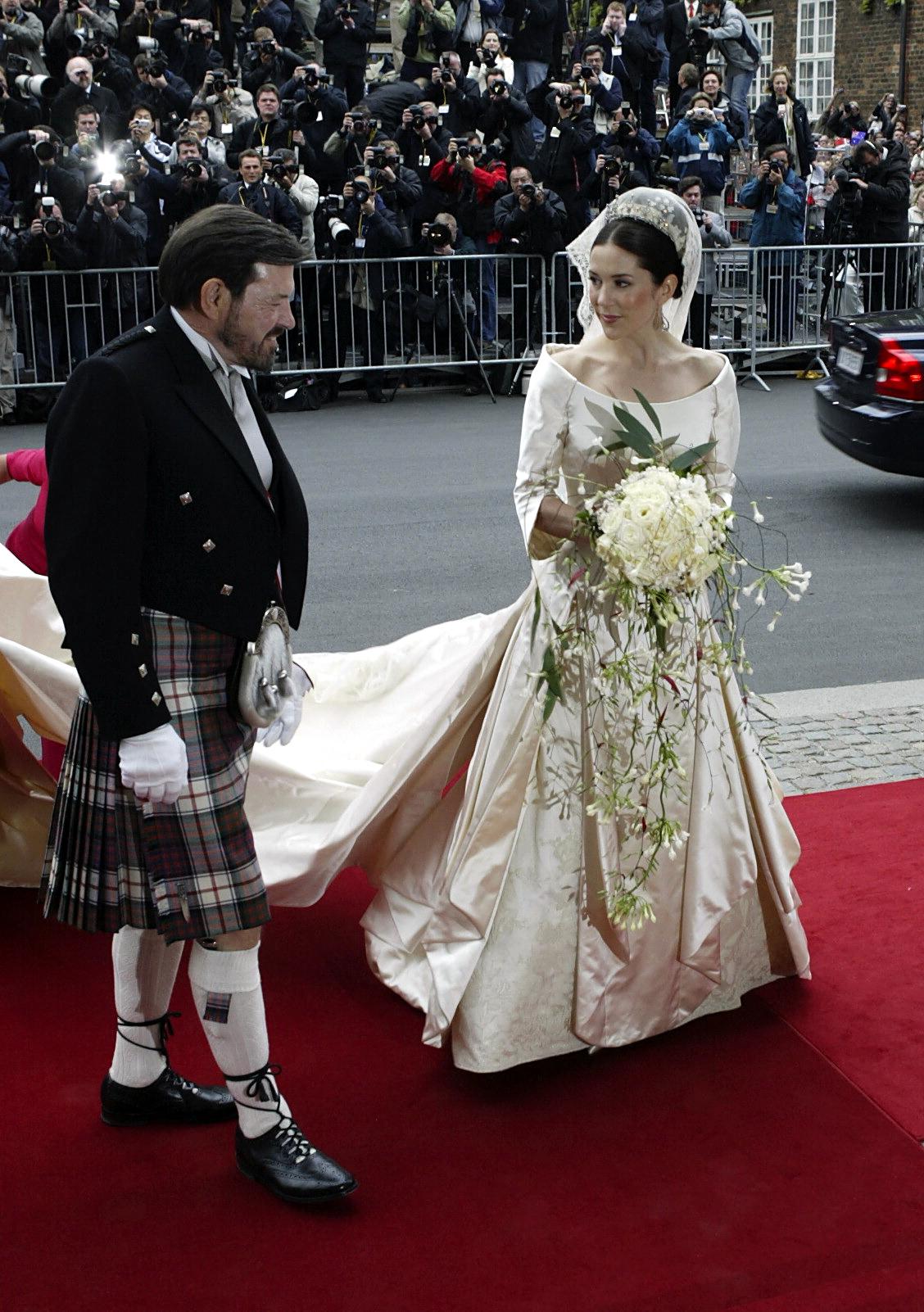
Mary Donaldson arrives at Copenhagen Cathedral with her father John for her wedding to Denmark's Crown Prince Frederik. He grew up in a Scottish fishing village before moving to Tasmania — where Her Royal Highness The Crown Princess of Denmark, Countess of Monpezat (to give her her proper title) grew up – in the 1960s.
Towards the end of the 20th century, a new generation of Scotsmen began to wear the kilt in everyday settings, paired with sweaters, leather jackets and chunky boots, subverting its 200-year status as a garment of the established classes. It became a symbol of counterculture — think the Sex Pistols, Vivienne Westwood and Alexander McQueen — all while remaining a symbol of Scottish strength and culture, kindly supported by films such as Braveheart, the popularisation of The Highland Games, and quotes such as: ‘A man in a kilt is a man and a half’ (attributed to Sean Connery).
Exquisite houses, the beauty of Nature, and how to get the most from your life, straight to your inbox.
Amie Elizabeth joined Country Life in 2022. She studied history at Edinburgh University and previously worked in interior design and fashion styling. She regularly contributes to Country Life’s London Life section and compiles the weekly Barometer feature. She also writes for Luxury London and has covered everything from Chanel suits and art events, to the best pies in London.
-
 Jane Austen's greatest scoundrel: Being Mr Wickham, with Adrian Lukis
Jane Austen's greatest scoundrel: Being Mr Wickham, with Adrian LukisThe actor Adrian Lukis, who played the role of Mr Wickham in the iconic 1995 BBC adaptation of Pride and Prejudice, joins the Country Life Podcast.
-
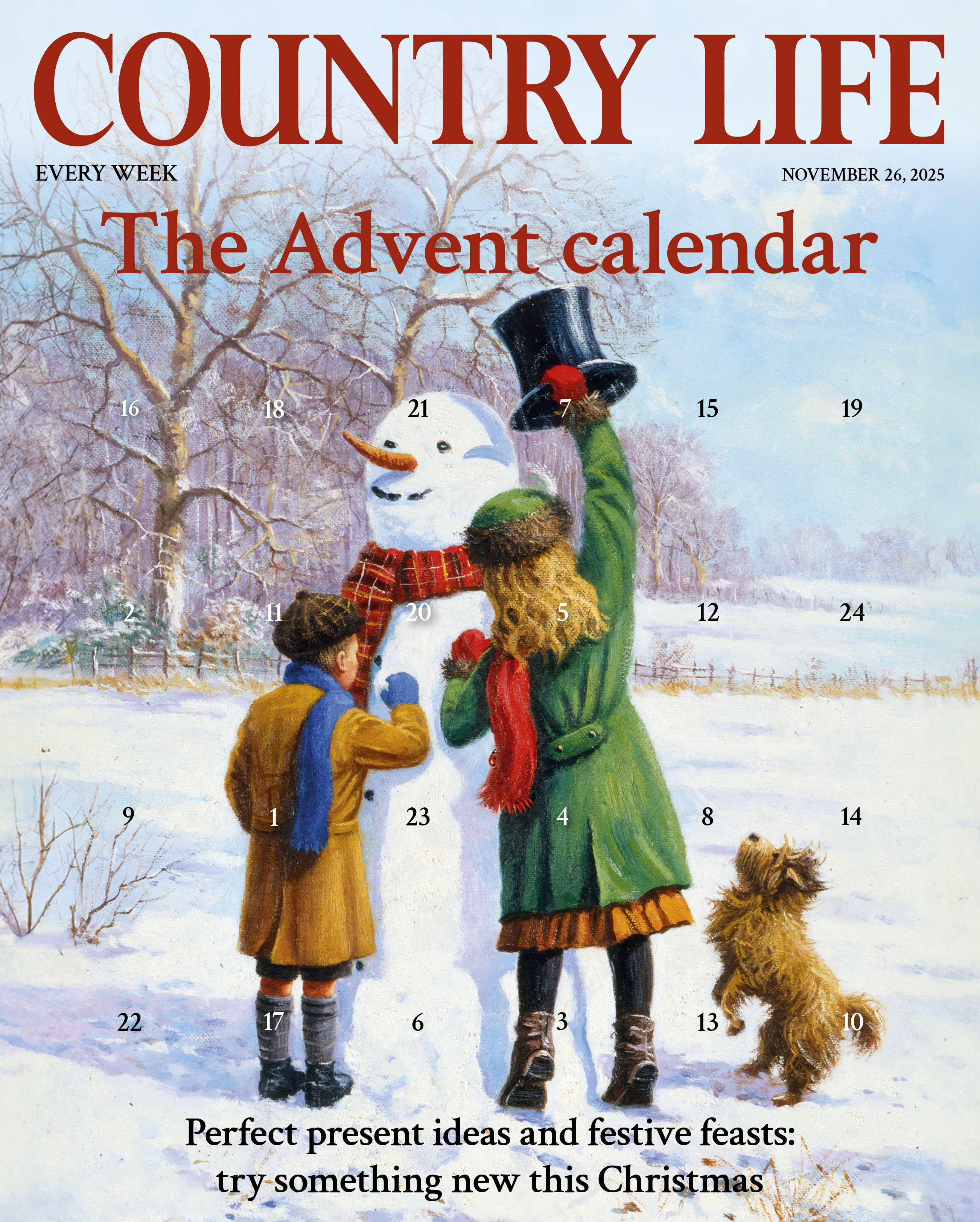 Country Life November 26, 2025
Country Life November 26, 2025Country Life November 26, 2025, has Christmas gifts, the country houses of Daphne du Maurier, and a look at what to do with the dusty bottles at the back of your drinks cabinet — and it's all tucked behind our iconic Advent Calendar cover.
-
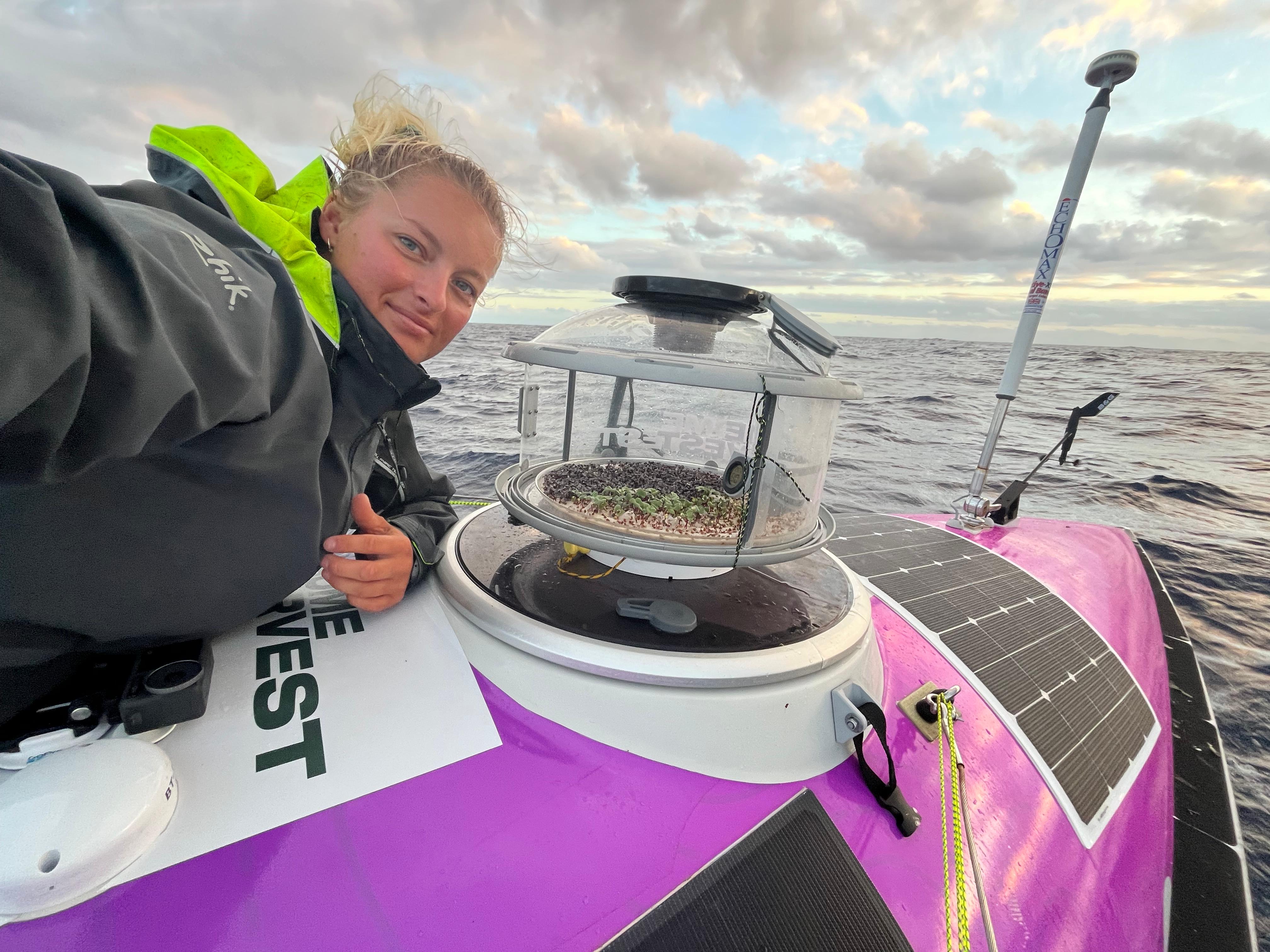 How a floating salad farm fuelled two record-breaking rowers across the Pacific Ocean
How a floating salad farm fuelled two record-breaking rowers across the Pacific OceanMiriam Payne and Jess Rowe grew cabbages and radishes on their small boat while rowing more than 8000 miles from Peru to Australia.
-
 The Glovebox: Return of the Bentley Supersports, the ultimate rural Range Rover and the car collection fit for The King
The Glovebox: Return of the Bentley Supersports, the ultimate rural Range Rover and the car collection fit for The KingA century after it was the first Bentley to top 100mph, the Supersports is back and looking better than ever.
-
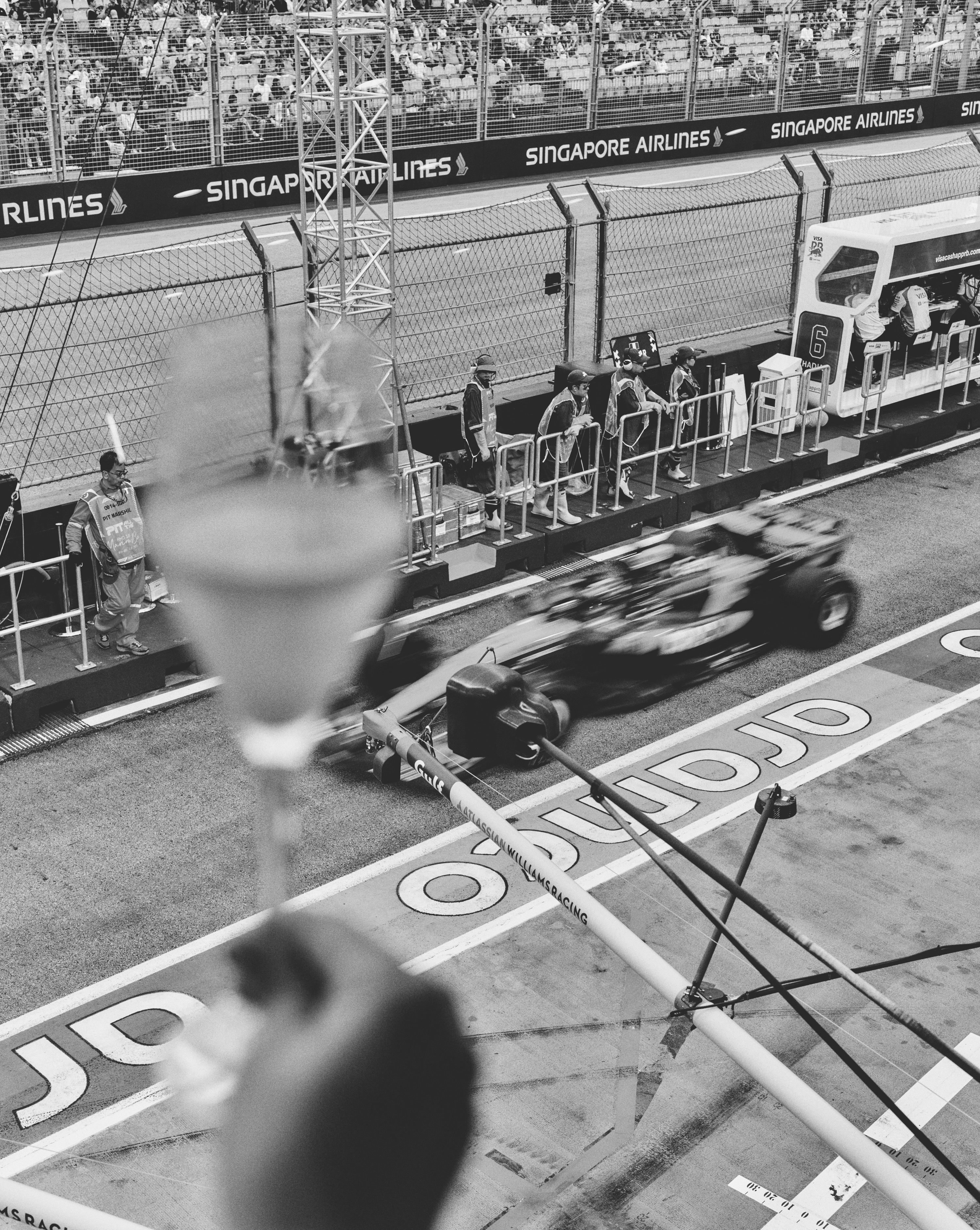 'The night smells like engine oil… and money': Singapore’s glittering night race paved the way for a new era of city-centre Grands Prix
'The night smells like engine oil… and money': Singapore’s glittering night race paved the way for a new era of city-centre Grands PrixIt's the Las Vegas Grand Prix this weekend, but it and other city-centre Grand Prix would be nothing without trailblazing Singapore. Natasha Bird explains how the city state got it so right.
-
 Better than Ozempic? 50 years of the Brompton bicycle
Better than Ozempic? 50 years of the Brompton bicycleOwen Wilson, James May and most of the middle-aged men and condescending hipsters you know love them. As the iconic folding bike turns 50 Lotte Brundle hops on one with the company's CEO.
-
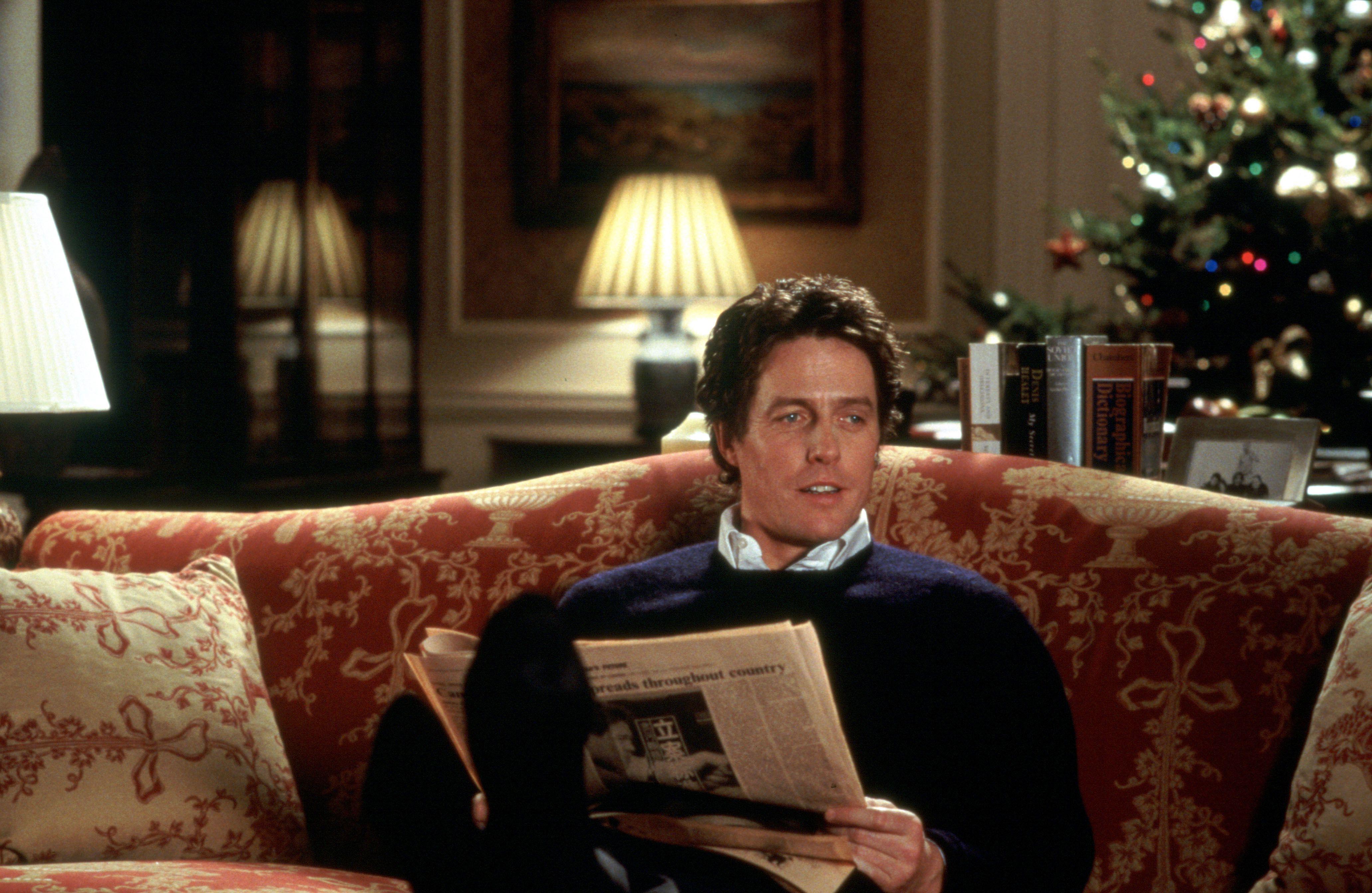 Ho Ho House of Commons: A simple guide to the best Westminster gifts, featuring a duck that is also Big Ben, a cat called Attlee and an infamous jumper
Ho Ho House of Commons: A simple guide to the best Westminster gifts, featuring a duck that is also Big Ben, a cat called Attlee and an infamous jumperThe House of Common’s gift shop has got everything from a plushie of Attlee, the Speaker’s miserable looking cat, to a rubber duck that pays tribute to the mighty work of the Suffragettes.
-
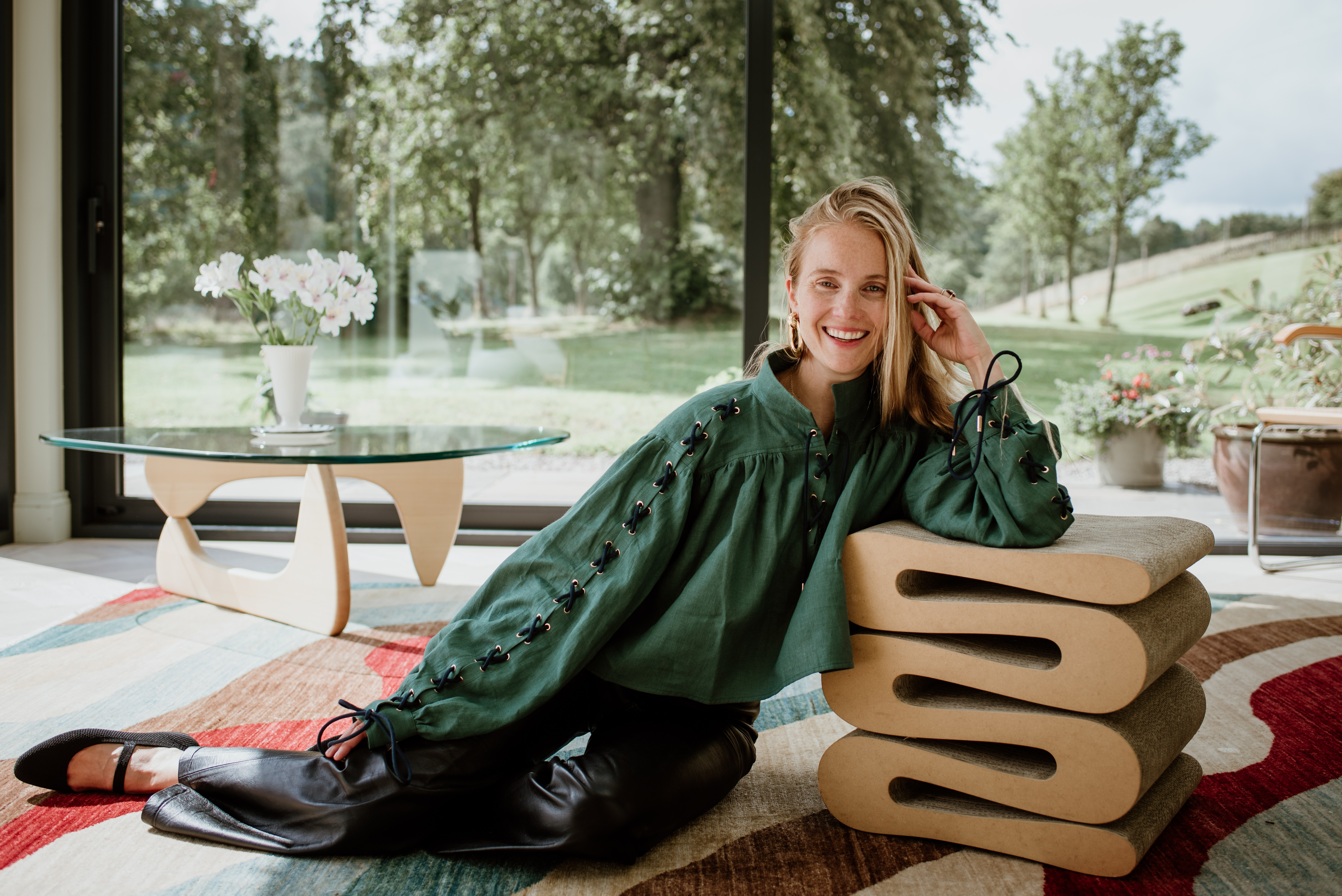 ‘I 100% always knew that I was going to do something creative’: Petra Palumbo on her design house, love of Scotland and consuming passions
‘I 100% always knew that I was going to do something creative’: Petra Palumbo on her design house, love of Scotland and consuming passionsThe London ‘It Girl’ turned Scotland-based designer makes tiles with men’s torsos and Henry hoovers on them, has a pug called Raisin and is married to the 16th Lord Lovat Simon Fraser. She chats to Lotte Brundle.
-
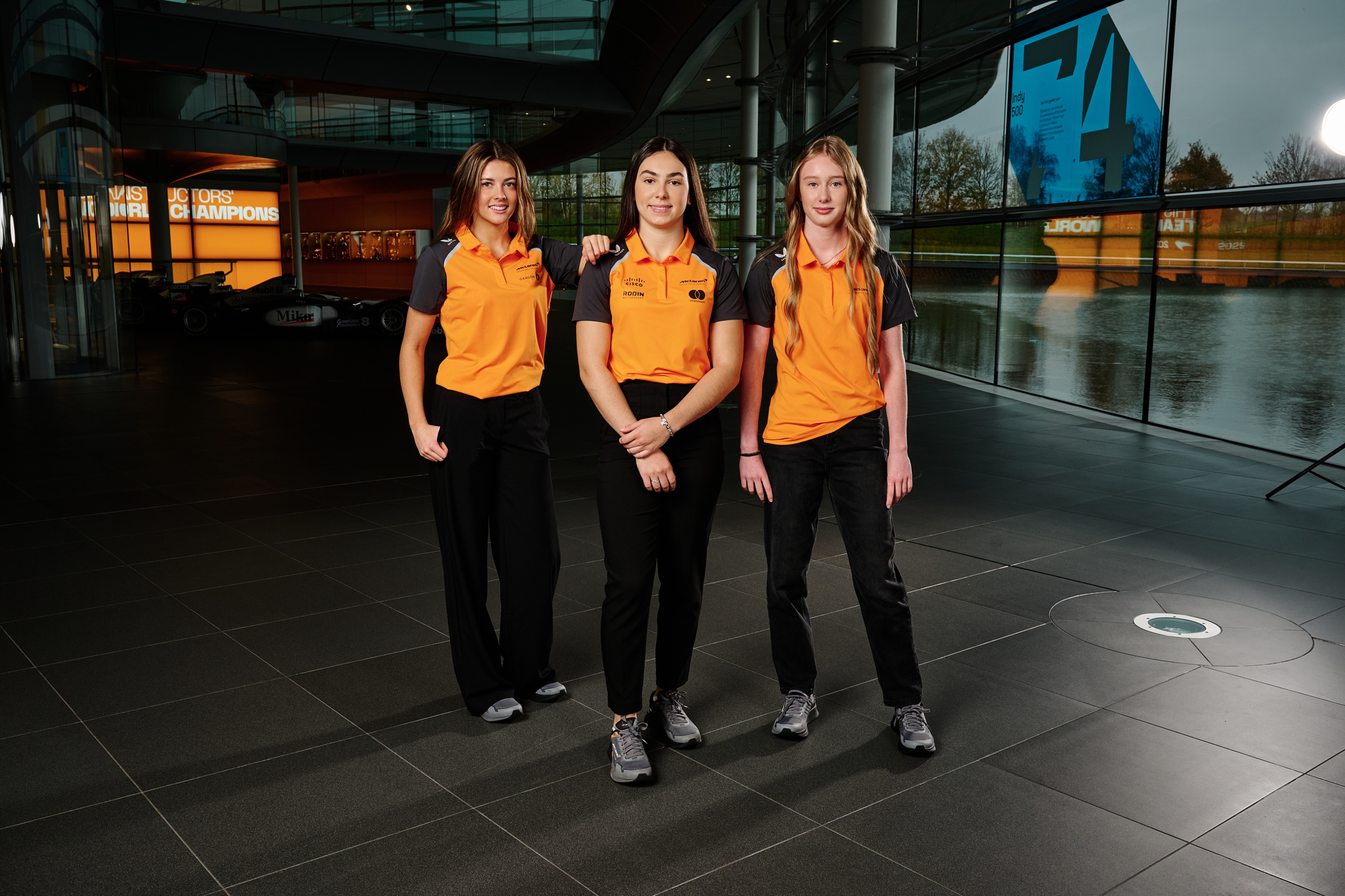 McLaren's three Ellas and the future of motorsport
McLaren's three Ellas and the future of motorsportMcLaren is rewiring the pipeline for women, on track and across the motorsport landscape
-
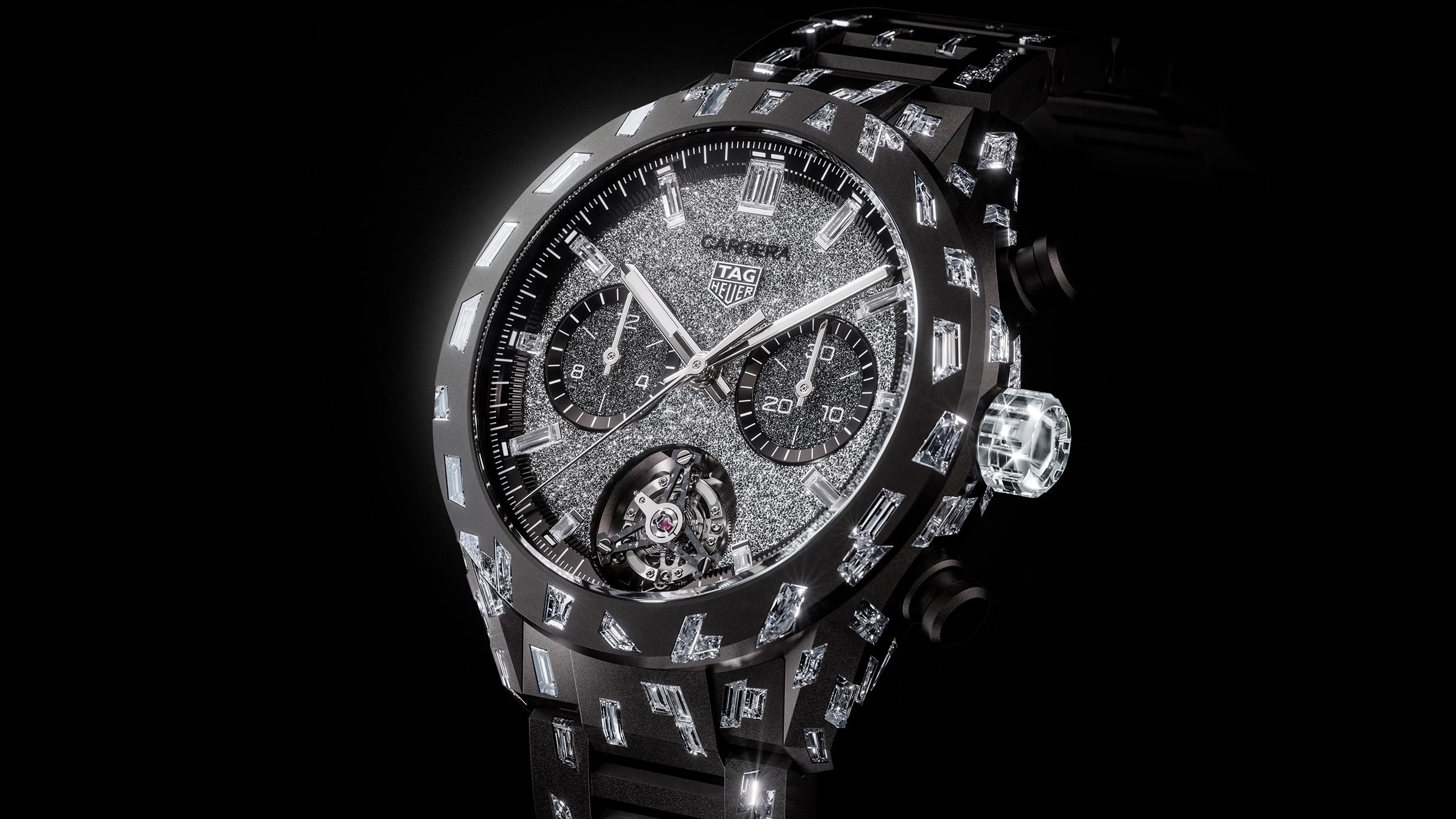 The real deal: Can you tell the difference between mined and synthetic diamonds?
The real deal: Can you tell the difference between mined and synthetic diamonds?And would you buy a watch studded with laboratory-made ones?
